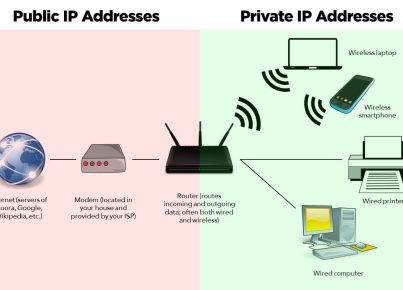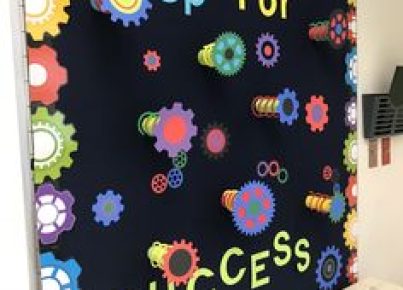Introduction
In the world of education, articles play a crucial role in shaping the teaching and learning process. Articles have been a prevalent form of communication among educators, researchers, and scholars to share ideas, findings, and methodologies. This article will discuss the importance of articles in teaching and learning, their benefits for students and teachers, and how to effectively use them in the classroom.
Importance of Articles in Teaching and Learning
1. Knowledge Dissemination: Articles are a platform for experts to share their research findings, opinions, and innovations. They contribute significantly to the collective understanding of various subjects by presenting new information or providing different perspectives on existing knowledge.
2. Encouraging Critical Thinking: Reading articles exposes students to diverse opinions and expert knowledge, allowing them to think critically about different viewpoints. It encourages them to analyze, synthesize, and evaluate information, essential skills for academic success.
3. Professional Development: For educators, articles aid in professional development by providing access to current research findings and best practices in teaching methodologies. Educators can constantly refine their skills and stay informed about advancements in their field by reading high-quality articles.
Benefits of Using Articles in the Classroom
1. Improving Reading Skills: Incorporating articles into class activities helps students build stronger reading skills by challenging them with complex texts that require deeper comprehension.
2. Enhancing Vocabulary: As students read academic articles on various topics related to their curriculum, they encounter new words and phrases that expand their vocabulary.
3. Stimulating Classroom Discussion: Using articles as a basis for classroom discussions fosters an intellectual environment where students can engage in thoughtful exchanges of ideas, boosting their confidence and enhancing their communication skills.
4. Promoting Independent Learning: Assigning articles for students to read outside of class helps foster a sense of responsibility and independence while also encouraging them to take charge of their learning progress.
How to Effectively Use Articles in Teaching and Learning
1. Select Appropriate Articles: Choose articles that are relevant to the curriculum, age-appropriate, and engaging to students.
2. Scaffold Reading: Break down complex texts into manageable parts to ensure comprehension. You can provide guiding questions or graphic organizers to assist the students in understanding key concepts.
3. Encourage Group Learning: Assign group work based on articles to promote collaboration among students and facilitate peer learning.
4. Facilitate Discussions: Conduct classroom discussions around the articles, asking thought-provoking questions and encouraging students to share their opinions.
5. Assess Understanding: Use quizzes or writing assignments that require students to apply the information they have learned from the articles, ensuring that they have grasped the key concepts.
Conclusion
In conclusion, articles hold immense value in the realm of education by continually improving teaching and learning processes. They serve as a tool for educators and learners alike to enhance their knowledge, foster critical thinking, and develop essential skills needed for academic success. Incorporating articles into classroom activities will undoubtedly benefit both teachers and students, creating a more inclusive and stimulating educational environment.





